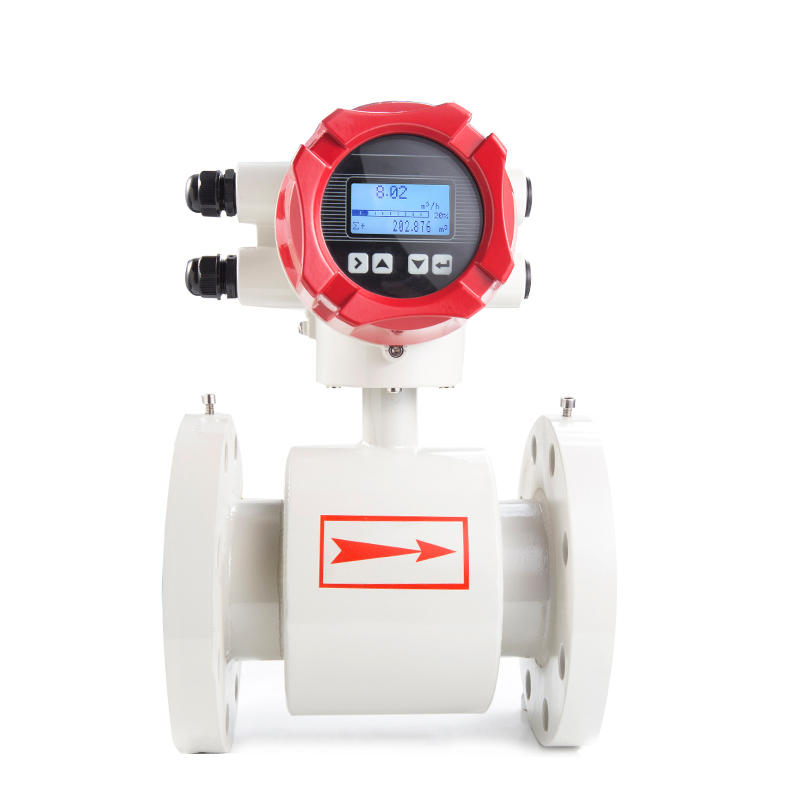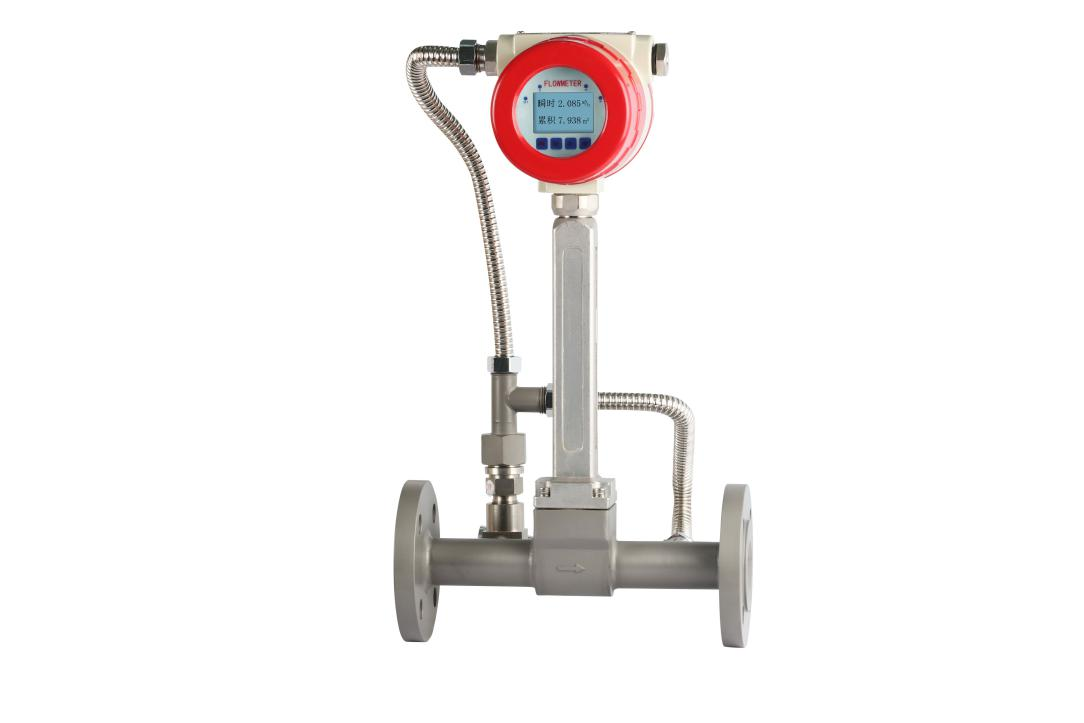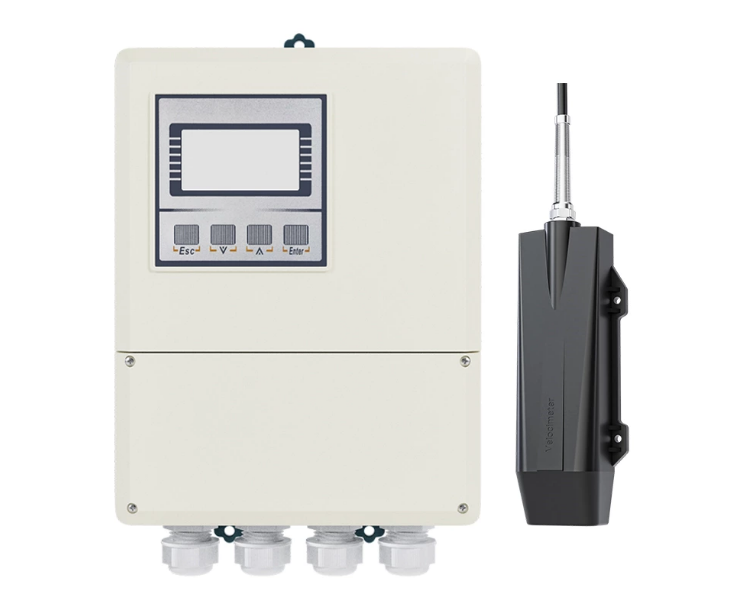Choosing the Perfect Flow Meter for Slurry: A Comprehensive Guide
When it comes to measuring the flow of slurry across various industries, the right flow meter can make all the difference. Among the many options, the cement slurry-specific electromagnetic flow meter stands out as the most widely used and trusted solution. Businesses are naturally eager to understand the pricing of these specialized devices, where they are manufactured, and, most importantly, which reputable manufacturers stand behind them. This curiosity often leads to a common question: What type of flow meter is best suited for measuring slurry? Today, this post from Sino-analyzer dives into this topic with a detailed analysis to help you make an informed decision.
Exploring the Most Popular Flow Meter Types
Flow meters come in several varieties, with four types dominating industrial applications: electromagnetic flow meters, vortex flow meters, turbine flow meters, and ultrasonic flow meters. So, which one is ideal for cement slurry? Let’s break it down.
Electromagnetic Flow Meters
These devices operate on the principle of Faraday’s law of electromagnetic induction. Inside the meter, the conductive medium (like cement slurry) flows through a measurement tube, flanked by two electromagnetic coils that generate a constant magnetic field. As the slurry moves, it induces a voltage, which is detected by electrodes within the pipe. The pipe itself is lined with a non-conductive material to isolate the fluid and electrodes electrically.
The core components include the main body (typically made of carbon steel or stainless steel), electrodes, lining, and a converter. The lining material, often rubber or PTFE (polytetrafluoroethylene), is chosen based on the medium’s properties.
Rubber linings, such as neoprene or polyurethane, excel in resisting wear, with polyurethane being particularly effective for highly abrasive slurries. PTFE linings, including materials like PTFE and PFA (perfluoroalkoxy), are perfect for corrosive environments. Electrode materials, such as molybdenum-containing stainless steel, Hastelloy B, Hastelloy C, titanium, tantalum, or stainless steel with tungsten carbide, ensure durability and precision.
Vortex and Turbine Flow Meters
Unfortunately, these options fall short when it comes to cement slurry. Vortex flow meters and turbine flow meters struggle with accuracy due to the thick, abrasive nature of the slurry, and their impellers are prone to clogging, rendering them unreliable for this application.
Given these considerations, the electromagnetic flow meter emerges as the clear winner for measuring cement slurry. Its design accommodates the unique challenges posed by this medium, ensuring accurate and consistent readings.
Ultrasonic flow meter
Ultrasonic flow meters measure flow rate using sound waves beyond human hearing (above 20 kHz), offering a non-invasive solution for liquids or gases. They operate via two main principles:
- Transit-Time Method: Two transducers send ultrasonic pulses through the fluid—one with the flow (downstream), one against it (upstream). The difference in transit times (Δt) due to flow velocity is used to calculate speed. This is ideal for clean fluids like water or oil.
- Doppler Effect Method: A single transducer emits waves that reflect off particles or bubbles in the fluid, causing a frequency shift. The shift determines flow velocity, suited for slurries or wastewater.
The meter’s electronics then convert velocity into volumetric flow using the pipe’s cross-sectional area. With no moving parts, these meters are low-maintenance and adaptable to various pipe sizes, though accuracy depends on fluid type and proper installation.
Tailoring Your Choice: Selection and Pricing
The selection of a cement slurry-specific flow meter, along with its cost, depends heavily on the specific requirements of your site. Factors such as the slurry’s composition, flow rate, and environmental conditions play a critical role. This means that anyone looking to purchase a flow meter should have a clear understanding of their operational needs before inquiring about prices. By providing detailed information to the supplier, you can ensure you receive a device that perfectly matches your application, optimizing both performance and value.
Benefits of the Right Flow Meter for Your Business
Selecting the ideal flow meter goes beyond mere functionality—it’s about enhancing efficiency and protecting your investment. An electromagnetic flow meter from a trusted manufacturer like Hangzhou Liance ensures minimal downtime, precise measurements, and long-term reliability, even in the harshest industrial environments. Whether you’re in construction, mining, or manufacturing, this choice can streamline operations and boost productivity.
Final Thoughts
The journey to finding the best flow meter for cement slurry begins with understanding your unique needs and partnering with a proven industry leader. Electromagnetic flow meters, with their robust design and adaptability, are the go-to solution for this challenging medium. If you have other specialized requirements, then select another flow meter directly!
Post time: Sep-10-2025







